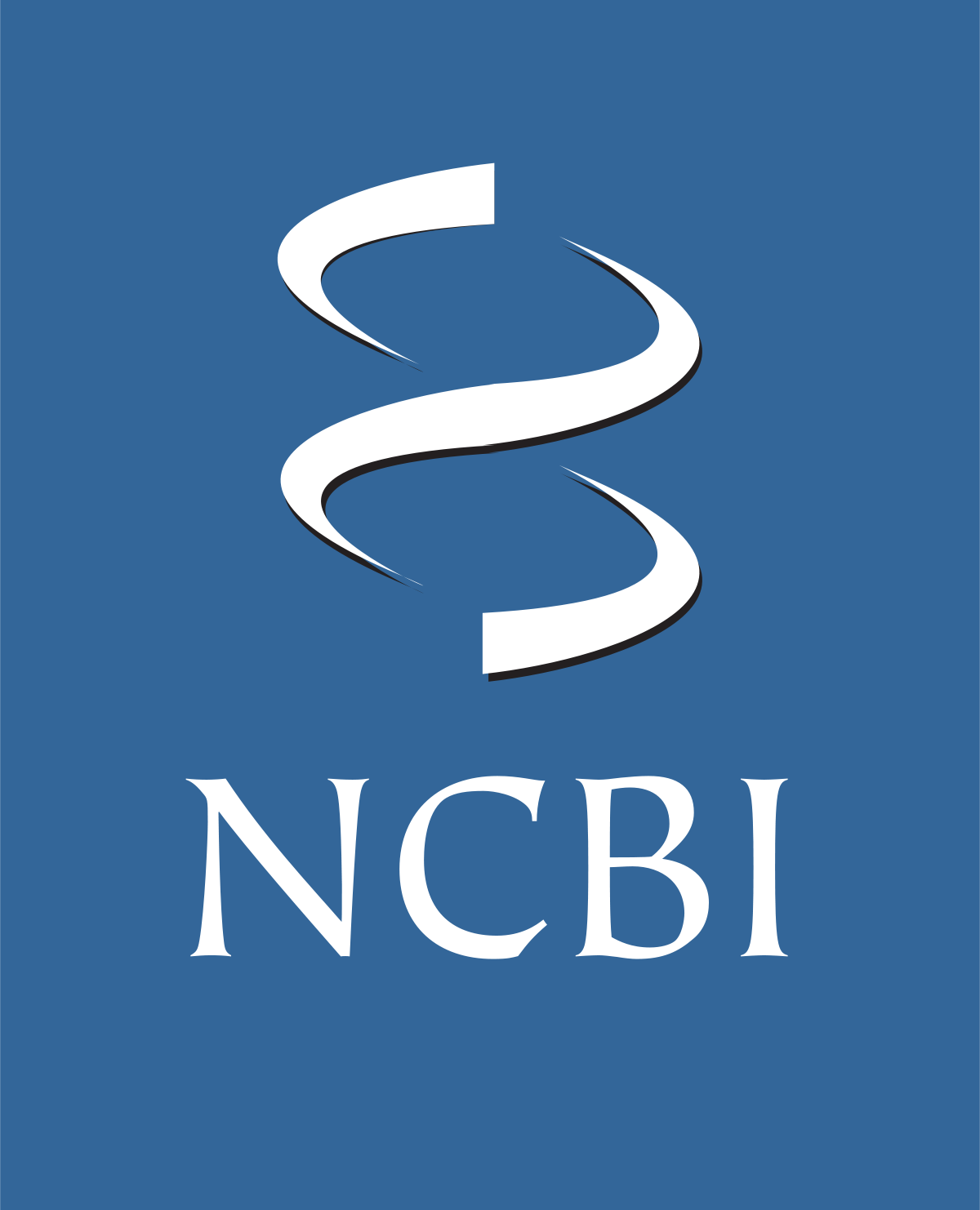Accession
MI0000787
Symbol
HGNC:
MIR379
Description
Homo sapiens
hsa-mir-379 precursor miRNA
Gene family
MIPF0000126;
mir-379
Summary
Caution, this is an AI generated summary based on literature. This may have errors. ?
MIR379 is a member of the δ-like 1 homolog-deiodinase, iodothryonine3 (DLK1-DIO3) cluster and is activated in the epithelial to mesenchymal transition (EMT) of prostate cancer cells [PMC5195822]. It is part of a cluster that includes miR154, miR369, miR376c, miR381, miR382, miR409, and miR410 [PMC10148110]. MIR379 has been studied in various contexts. It has been found to be an imprinted miRNA and a candidate imprinted lncRNA [PMC3743905]. MIR379 levels have been shown to decrease significantly less over time compared to other miRNAs in prostate cancer cells [PMC7486624]. It has also been found to play a role in skeletal muscle differentiation by absorbing other microRNAs such as miR124 [PMC8111742]. In the context of non-alcoholic fatty liver disease (NAFLD), MIR379 levels have been found to correlate positively with ALP, TC, LDL-C and non-HDL-C in early stage patients [PMC9738374]. It has also been proposed as a potential biomarker for diagnosing NAFLD and monitoring disease progression [PMC9738374]. In addition, MIR379 has been shown to regulate target genes involved in various functions related to diabetic nephropathy (DN) [PMC8255808]. Furthermore, computational algorithms predict that MIR379 can bind to the 3' untranslated region of Cyclin B1 mRNA [PMC3707961]. Overall, inhibiting MIR379 may have therapeutic implications for adipose dysfunction and obesity-associated comorbidities such as type 2 diabetes [PMC9535382].
Literature search

48 open access papers mention hsa-mir-379
(227 sentences)
(227 sentences)
Sequence
93096
reads,
331
reads per million, 119 experiments
agagaUGGUAGACUAUGGAACGUAGGcguuaugauuucugaccUAUGUAACAUGGUCCACUAACUcu
((((.((((.(((((((..(((((((((..........)).)))))))..))))))).)))).))))
((((.((((.(((((((..(((((((((..........)).)))))))..))))))).)))).))))
Structure
a A GA - uuau
agag UGGU GACUAUG ACGUAGG cg g
|||| |||| ||||||| ||||||| ||
ucUC AUCA CUGGUAC UGUAUcc gu a
A C AA a cuuu
Annotation confidence
High
Do you think this miRNA is real?
Comments
The mature sequence shown here represents the most commonly cloned form from large-scale cloning studies [4].
Genome context
chr14: 101022066-101022132 [+]
Clustered miRNAs
11 other miRNAs are < 10 kb from hsa-mir-379
| Name | Accession | Chromosome | Start | End | Strand | Confidence |
|---|
Disease association
hsa-mir-379 is associated with one or more human diseases in the Human microRNA Disease Database
| Disease | Description | Category | PubMed ID |
|---|
Mature hsa-miR-379-5p
| Accession | MIMAT0000733 |
| Description | Homo sapiens hsa-miR-379-5p mature miRNA |
| Sequence | 6 - UGGUAGACUAUGGAACGUAGG - 26 |
| Evidence |
experimental
cloned [2-4] |
| Database links |



|
| Predicted targets |



|
Mature hsa-miR-379-3p
| Accession | MIMAT0004690 |
| Description | Homo sapiens hsa-miR-379-3p mature miRNA |
| Sequence | 44 - UAUGUAACAUGGUCCACUAACU - 65 |
| Evidence |
experimental
cloned [4] |
| Database links |



|
| Predicted targets |



|
References
|



